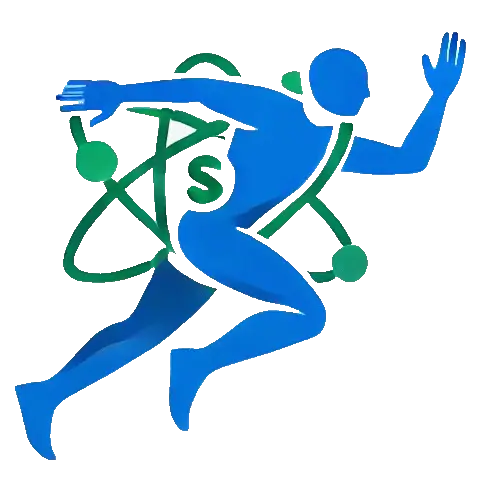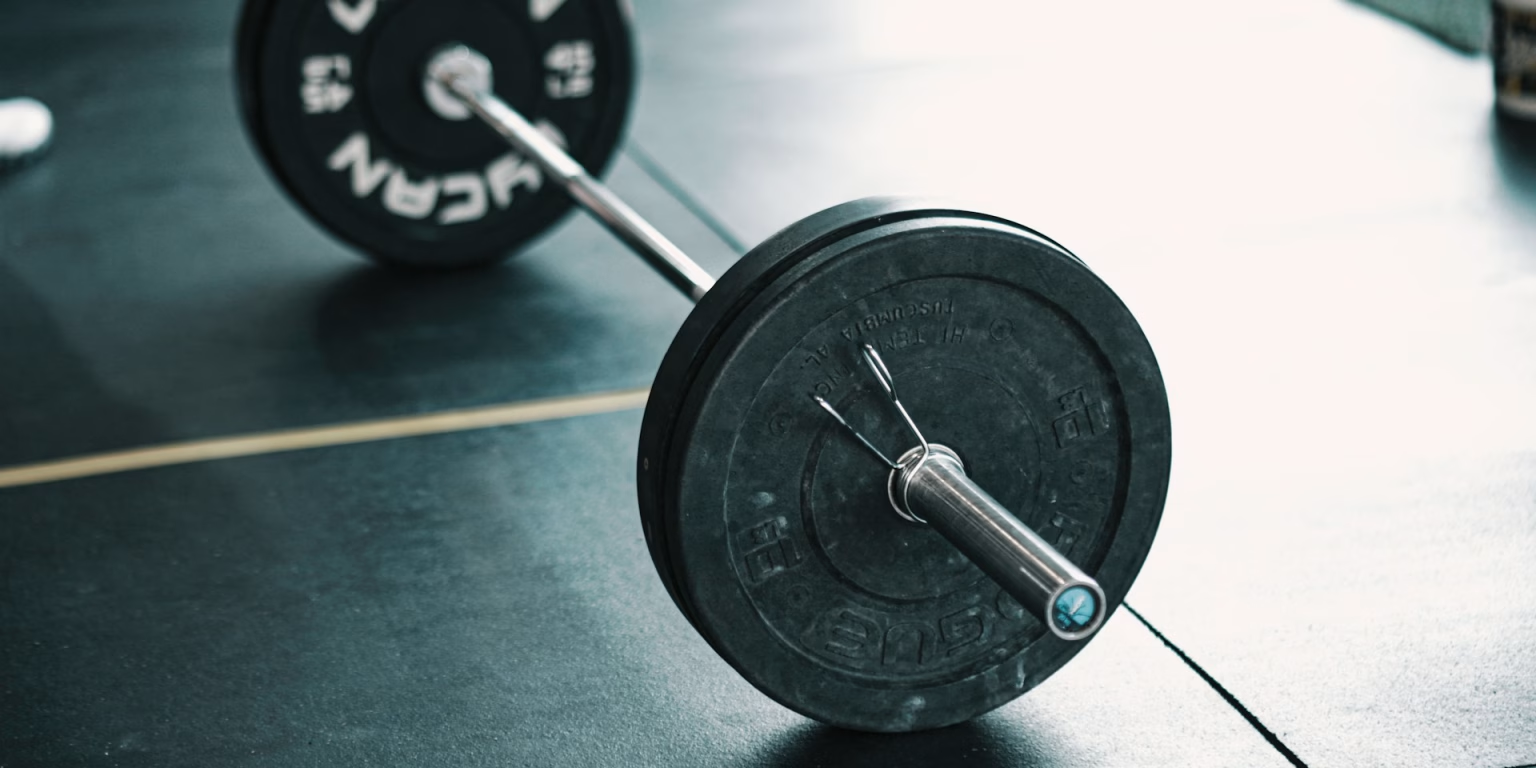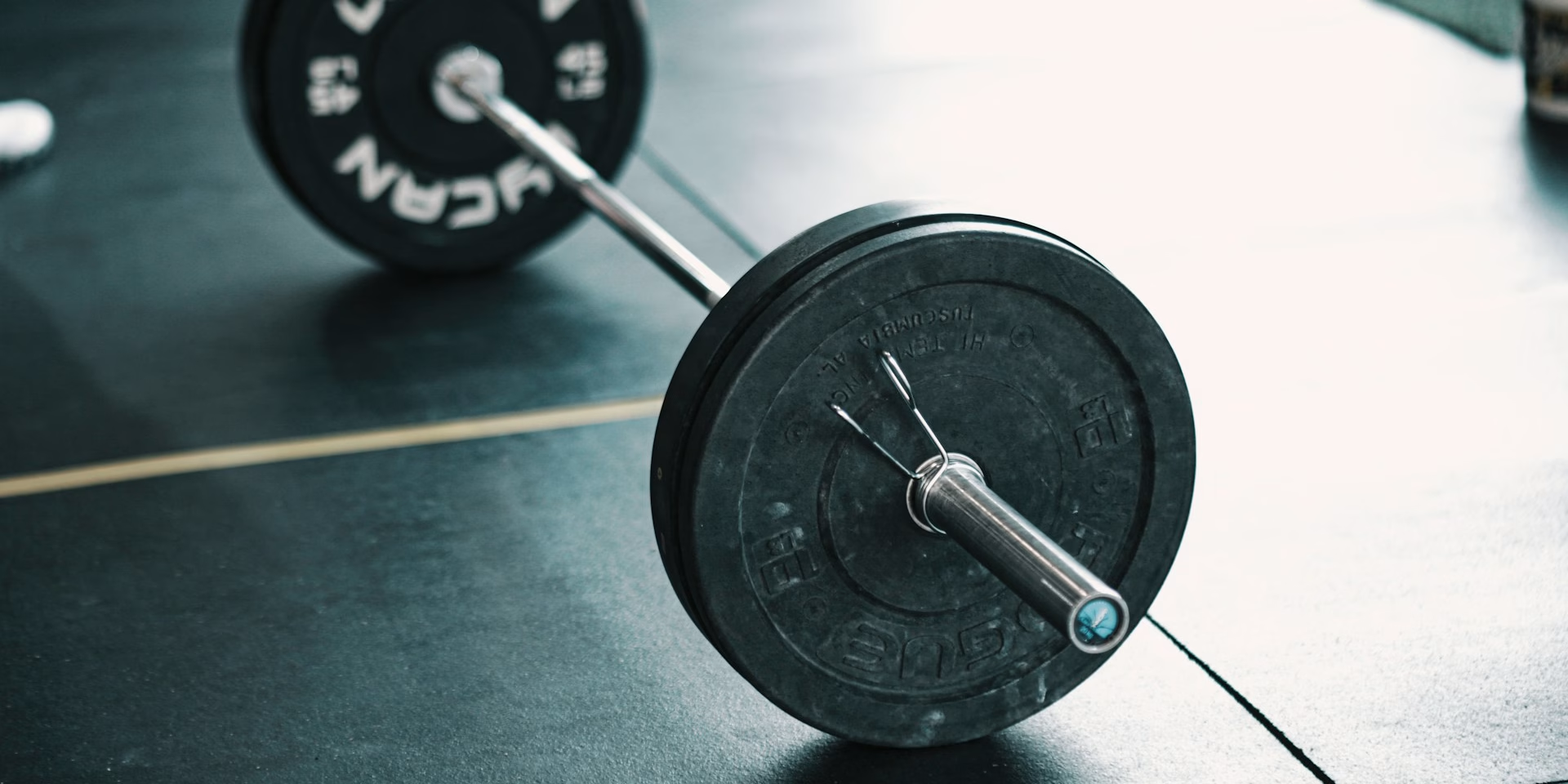Why Training Principles Determine Your Success
You train hard, give it your all—yet your progress has stalled? Often, it’s not a lack of effort but rather a missing strategy. Training is more than just moving your body. It follows clear principles that make the difference between success and stagnation. Whether you’re a beginner or a pro—if you understand how your body responds to stress, you can tailor your training strategically. In this article, we’ll dive deep into the fundamental training principles to help you train more effectively and see real progress.
The Principle of an Effective Training Stimulus – How to Achieve Targeted Progress
For your body to adapt, the training stimulus must be sufficiently intense. Too light? No effect. Too tough? Risk of overtraining (Weineck, 2019). The threshold is individual: a beginner already benefits from small stimuli, while advanced athletes need much more to continue improving. For example, if you always run the same distance at the same pace, your body eventually stops responding. Increase your distance or pace—only then will you create a new stimulus.
Balancing Training & Recovery – The Principle of Optimal Load Management
Training alone doesn’t deliver results without recovery. Your body actually grows during rest, not during the workout (Hottenrott & Neumann, 2016). The concept of supercompensation describes this cycle: first, your performance level drops, then your body recovers and comes back stronger. If you train again too early, you’ll miss out on progress—or worse, risk overloading yourself.
A strength athlete who trains the same muscle group every day will eventually plateau. A better approach: allow 48 hours of rest between sessions, giving the muscle time to regenerate.
Why You Need to Continuously Increase Your Training Load – The Principle of Progressive Overload
No progress without increasing demands. Your body adapts to its current load, so your training must become steadily heavier, longer, or more intense (Hohmann et al., 2014). However, be careful: too much, too soon raises your risk of injury. Gradually increase your training load—around 5–10% per week—to ensure progress without overexertion.
Introducing New Stimuli – Why Varying the Load Is Key to Continuous Progress
Always doing the same workout? Boring—and ineffective. Your body needs variety or it will plateau (Schnabel et al., 2014). Different exercises, intensities, or training methods all introduce new stimuli.
A soccer player shouldn’t just run. Strength, speed, and coordination training are also essential to improve overall performance.
Consistency Is Critical – The Principle of Repetition in Training
One training session alone won’t get you anywhere. Progress comes from consistency (Grosser et al., 2012). If you take long breaks, you’ll lose what you’ve gained. Only by sticking with it will you see ongoing improvements.
A marathon runner who takes months off loses conditioning. Even light training sessions help maintain one’s performance level.
More Training Principles in Part 2
You need to approach training strategically—it’s the only way to achieve lasting success. The right load, sufficient rest, and steady progression are key. In Part 2, we’ll discuss how to get even more out of your training by choosing the right sequence and planning. We’ll also show you how to practically implement all these principles.
References
- Grosser, M., Starischka, S. & Zimmermann, E. (2012). Das neue Konditionstraining: Grundlagen, Methoden, Leistungssteuerung, Übungen, Trainingsprogramme. München: BLV Buchverlag.
- Hohmann, A., Lames, M. & Letzelter, M. (2014). Einführung in die Trainingswissenschaft. Wiebelsheim: Limpert Verlag.
- Hottenrott, K. & Neumann, G. (2016). Trainingswissenschaft: Ein Lehrbuch in 14 Lektionen. Aachen: Meyer & Meyer Verlag.
- Schnabel, G., Harre, H.D. & Krug, J. (2014). Trainingslehre – Trainingswissenschaft: Leistung – Training – Wettkampf. Aachen: Meyer & Meyer Verlag.
- Weineck, J. (2019). Optimales Training: Leistungsphysiologische Trainingslehre unter besonderer Berücksichtigung des Kinder- und Jugendtrainings. Balingen: Spitta Verlag.





